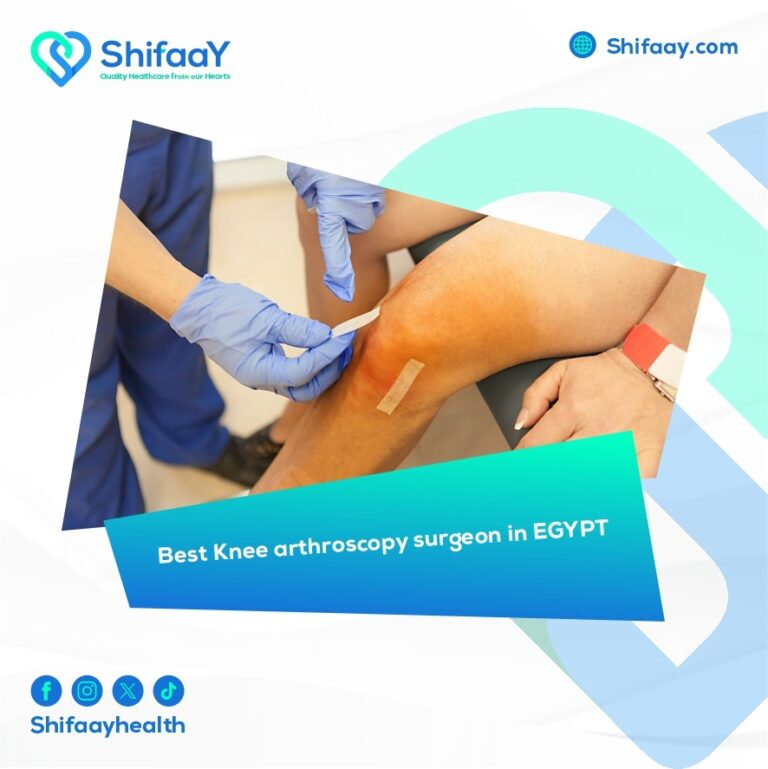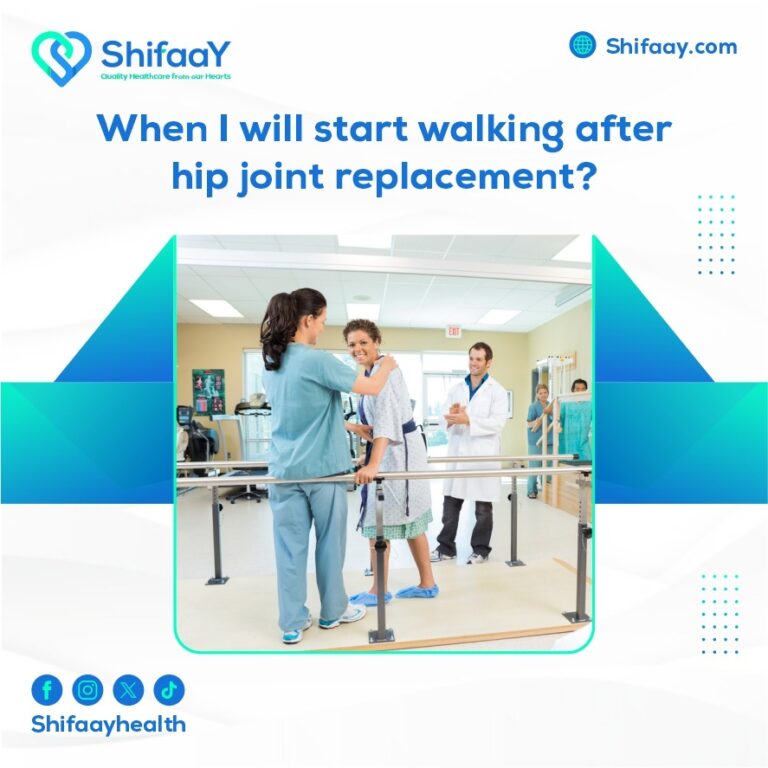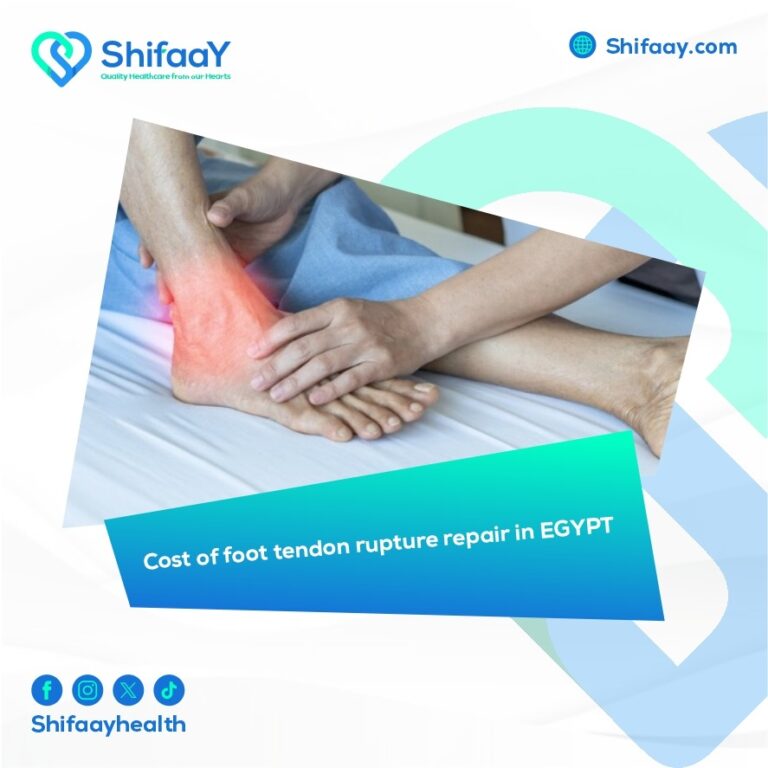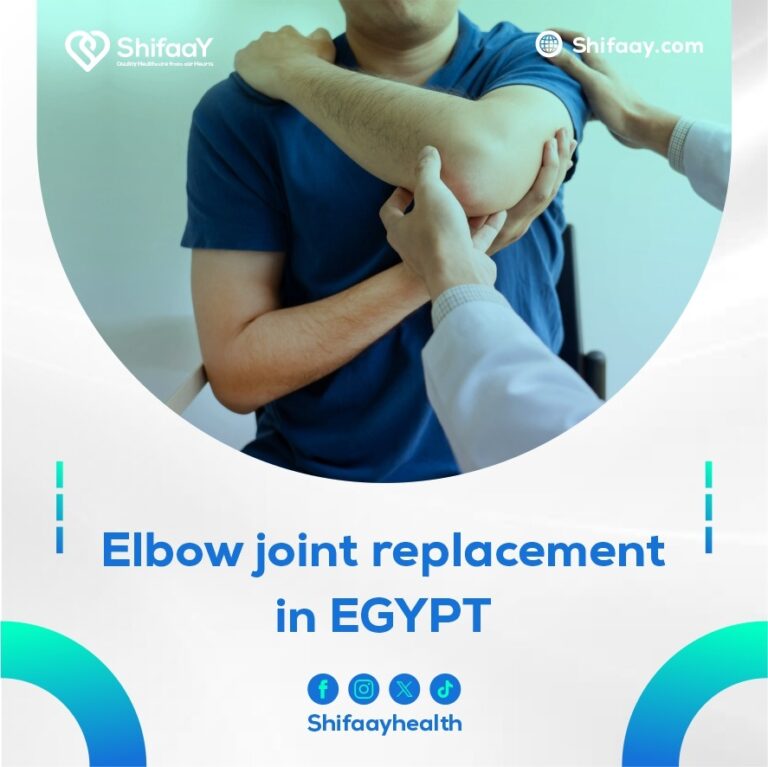Treatment of knee articular cartilage
In a world full of movement and activity, the treatment of knee articular cartilage tear is one of the most important and common issues that many people who suffer from an articular cartilage tear, particularly athletes, are constantly concerned about, as they are the most vulnerable to this injury. An articular cartilage tear is one of the most common injuries that can occur. It is typically caused by tearing or damaging the cartilage that covers the bones in the joints, which can occur from aging, sports-related injuries, or high levels of stress. It can result in severe pain and immobility, which can impair quality of life and make daily activities more challenging.
It is important to remember that minimizing cartilage tear pain and restoring normal joint function are among the most important goals of treatment of knee articular cartilage tear. Treatment for this common condition can vary depending on a number of factors, including the extent of the injury’s impact on daily life and its severity. Physical therapy, which involves strengthening and stretching exercises to improve joint stability and lessen pressure on the cartilage, may be part of the treatment for a minor injury, along with reducing activities that exacerbate pain. The orthopedic doctor at Shifaay Center may use surgery in more severe cases to restore damaged cartilage; this is typically the last resort when more conventional therapies are unable to alleviate symptoms. In general, it can be said that treatment of knee articular cartilage tear always aims to relieve pain and increase mobility, as well as restore the normal function of the knee.
Articular cartilage tear

Articular cartilage tear is a common pathological condition that always affects the knee joint. It can happen as a result of aging, exposure to recurrent sports injuries, or ongoing, repetitive stress on the joint. It should be noted that articular cartilage is typically composed of cartilage tissue that covers the ends of the bones and aids in friction reduction and shock absorption during walking and movement. Its symptoms are thought to be among the many and varied symptoms, and can include excruciating joint pain during or after loading, some swelling and stiffness in the knee joint, and difficulty moving. Additionally, knee articular cartilage tear may cause a number of other major issues, including advanced cartilage damage and arthritis.
You should be aware that there are several therapeutic options that are useful for treatment of knee articular cartilage tear. The most famous of these are physical therapy sessions, which help to strengthen the muscles surrounding the joint and improve movement, in addition to conservative measures like limiting activities and exercises that overstretch the joint. In more severe cases, surgery might be the most efficient way to replace damaged cartilage or repair the affected cartilage. To avoid articular cartilage tear, it is recommended to keep your knee and thigh muscles strong, play sports, and maintain a healthy weight. It is preferable to consult an orthopedic doctor available at Shifaay Center, the best medical tourism center in Egypt. If you experience any of the symptoms of this illness, you should seek a proper diagnosis and begin treatment immediately.
Follow also: Osteoporosis doctor in Egypt
Articular cartilage tear surgery
Articular cartilage tear surgery is an important surgical procedure for repairing knee articular cartilage tear. Articular cartilage tear surgery is typically necessary when the damage to the articular cartilage is severe, causes excruciating pain, or the condition does not improve with conservative treatment techniques such as physical therapy. There are several key techniques that may be used in this process, the most crucial being:
● Cartilage cleaning:
Through this procedure, damaged areas of cartilage are removed, which usually cause a lot of pain and discomfort.
● Cartilage repair:
During this procedure, the articular cartilage tear is repaired and reattached using fixative materials or special screws.
● Stem cell transplantation:
This technique is considered one of the most modern methods for regenerating damaged cartilage, and it uses stem cells extracted from the body.
In certain cases, articular cartilage tear may require surgery in order to fully restore joint function, reduce pain, and improve the quality of life for individuals affected. The success of the surgery, however, may depend on a number of factors, including the patient’s health and the extent of cartilage damage. Hence, it is recommended to consult an orthopedic doctor at Shifaay Center, the best medical tourism center in Egypt, so that they can evaluate the patient’s condition and determine whether surgery is the best option.
Articular cartilage repair
A knee articular cartilage tear is undoubtedly one of the main problems that results in severe pain and limited movement. Therefore, the highly qualified orthopedic surgeon on staff at Shifaay Center is the one who always recommends articular cartilage repair surgery. This type of surgery is often and extensively performed in cases of cartilage tear from a sports injury or age-related natural eroding of cartilage. Articular cartilage repair surgery is considered one of the complex surgeries that always requires expertise high surgical procedures to be performed accurately and effectively.
Articular cartilage repair may entail a number of important procedures, such as cleaning the injured cartilage, cutting away any torn or worn sections, and then reattaching the injured cartilage with the use of special materials, represented by tapes and threads. In more advanced cases, some advanced techniques may be used, such as cartilage transplantation. It is possible to grow new cartilage to replace damaged parts.
Articular cartilage injuries
Articular cartilage injuries are among the most common and prevalent medical conditions among people of all ages and activities. “Articular cartilage” is the term for the soft, sticky tissue that covers all of the ends of the bones in the joints. Its function is to reduce friction and absorb shocks when moving. Articular cartilage tears can occur from high-intensity sports like basketball, football, cycling, etc. as well as from aging and gradual cartilage deterioration. The most important articular cartilage injuries may involve partial tears, complete tears, or chronic wear.
Knee articular cartilage injuries can result in a range of symptoms, such as severe pain both during and after loading, joint edema, and a locking or jumping sensation when moving. These symptoms can become more severe and lead to conditions like arthritis and chronic cartilage damage, which require a full examination as well as a comprehensive treatment plan that includes physical therapy, rest, and limiting painful activities. It should be noted that surgery may be required as part of the treatment of knee articular cartilage tear in some extreme cases in order to replace or repair the damaged cartilage. Therefore, it might be advisable to consult with one of the Shifaay Center’s specialty doctors because of their extensive training and knowledge in this field.
Symptoms of knee articular cartilage injury

Knee articular cartilage injury is considered one of the common problems that many athletes and non-athletes face. Its symptoms can vary from case to case and manifest in a variety of ways. Interestingly, articular cartilage may serve as an essential cushion for the bone in the joints, lowering friction and promoting ease of motion. The following will clarify the most important and noticeable symptoms of knee articular cartilage injury:
● the pain:
Pain is one of the most common symptoms of knee articular cartilage injury, and it can be chronic or acute, worsening during or after physical activity.
● Swelling:
The patient may experience swelling in the affected area as a result of fluid accumulation in the joints.
● Feeling locked or stiff:
The patient may feel like the joint is locked or suspended in a specific location, making movement difficult and painful.
● Feeling itchy or gurgling:
The patient may hear clicking sounds from his knee joint and experience itching, which indicates cartilage damage.
● Loss of range of motion:
Damage to the articular cartilage can make it difficult to fully move the joint, limiting the affected person’s ability to perform daily activities.
It is important to note that the severity and tension of knee articular cartilage injury symptoms can vary depending on a number of factors, most notably the severity and type of injury. In order to improve quality of life and reduce symptoms, it is imperative that you see an orthopedic doctor at Shifaay Center as soon as possible. This will reduce the likelihood of complications and future risks, make treatment more appropriate, and improve quality of life.
What is articular cartilage resection surgery?
Articular cartilage resection is an important surgical procedure performed to remove infected and inflamed cartilage from the joint. It is done when the cartilage is completely damaged and cannot be repaired with traditional therapeutic methods, or when there is severe joint deformity and excruciating pain caused by chronic inflammation in the cartilage. It should be noted that knee articular cartilage resection surgery is a viable option when other treatment modalities fail to reduce pain and improve joint function. However, there is a chance that this surgery will result in a variety of issues and side effects, such as persistent arthritis, inflammation, and limited movement in the afflicted joint.
Following surgery, the patient is advised to adhere to one of the personalized treatment plans, which may include some therapeutic exercises and natural exercises to help with pain relief, joint function, and movement restoration. Regular progress checks by the orthopedic doctor on staff at Shifaay Center may also be recommended to guarantee a full recovery and enhance quality of life after surgery.
How to perform an articular cartilage surgery
Articular cartilage surgery, sometimes known as “articular cartilage resection,” is an essential surgical procedure that treats all joint problems and improves the quality of life for people who have damaged or persistent joint pain. Arthritis and cartilage tears are two of the most common disorders that can cause pain and limited mobility, so articular cartilage resection surgery is an effective and important treatment option for all of these issues. The main steps for performing articular cartilage resection surgery may be:
● Patient anesthesia:
The surgical procedure begins by anesthetizing the injured person with one of several anesthetic options, including local anesthesia or general anesthesia, depending on the patient’s condition and the doctor’s assessment.
● Access to the joint:
A small longitudinal incision is made over the affected joint to reach the damaged cartilage.
● Removal of damaged cartilage:
The damaged cartilage is removed using a fine surgical instrument, which usually aims to improve joint function and relieve pain.
● Cleaning and closing:
The affected joint is cleaned, and excess tissue is removed before the wound is closed. Stitches and medical tape can also be used to close the wound.
● Recovery and physical therapy:
To expedite the recovery process, the patient may be required to rest completely. Physical therapy may also be recommended to help strengthen the muscles around the joint and restore normal movement.
Also follow: Cost of cervical endoscopic discectomy in Egypt
Is there surgery to support the articular cartilage tear?
Yes, of course, since articular cartilage tears are usually treated conservatively at first, depending on a number of factors, the most crucial of which are the nature, location, and size of the tear. Then the duration of recovery from the tear without surgery will be studied by the specialist doctor, and then an effective treatment strategy will be developed, but surgery may be the last and most effective treatment option, and then complete rest, the application of ice packs, pain relievers, and physical therapy are recommended.
What is the role of articular cartilage in knee movement?
Articular cartilage is a vital component of movement because it prevents bones from contacting one another, absorbs shocks, offers stability, and helps lift both light and heavy objects.






